Posted on 12/24/2023
.jpeg)
Your car's engine has a lot of parts that work together to make it run well. One of these parts is called the intake air filter, which is very important for keeping your engine working properly. Over time, this filter can get dirty and clogged with dust and debris, which can make it hard for your engine to get enough air. But don't worry! We can help you change your filter in just nine easy steps. Step 1: Gather Your Tools and Supplies Before diving in, ensure you have the necessary tools and supplies. All you need are: A new intake air filter. A screwdriver. Perhaps a vacuum cleaner to tidy up the filter housing. Step 2: Locate the Air Filter Housing Pop the hood of your car and locate the air filter housing. It's usually a rectangular plastic box near the engine. You might need to consult your vehicle's manual to pinpoint ... read more
Posted on 11/30/2023
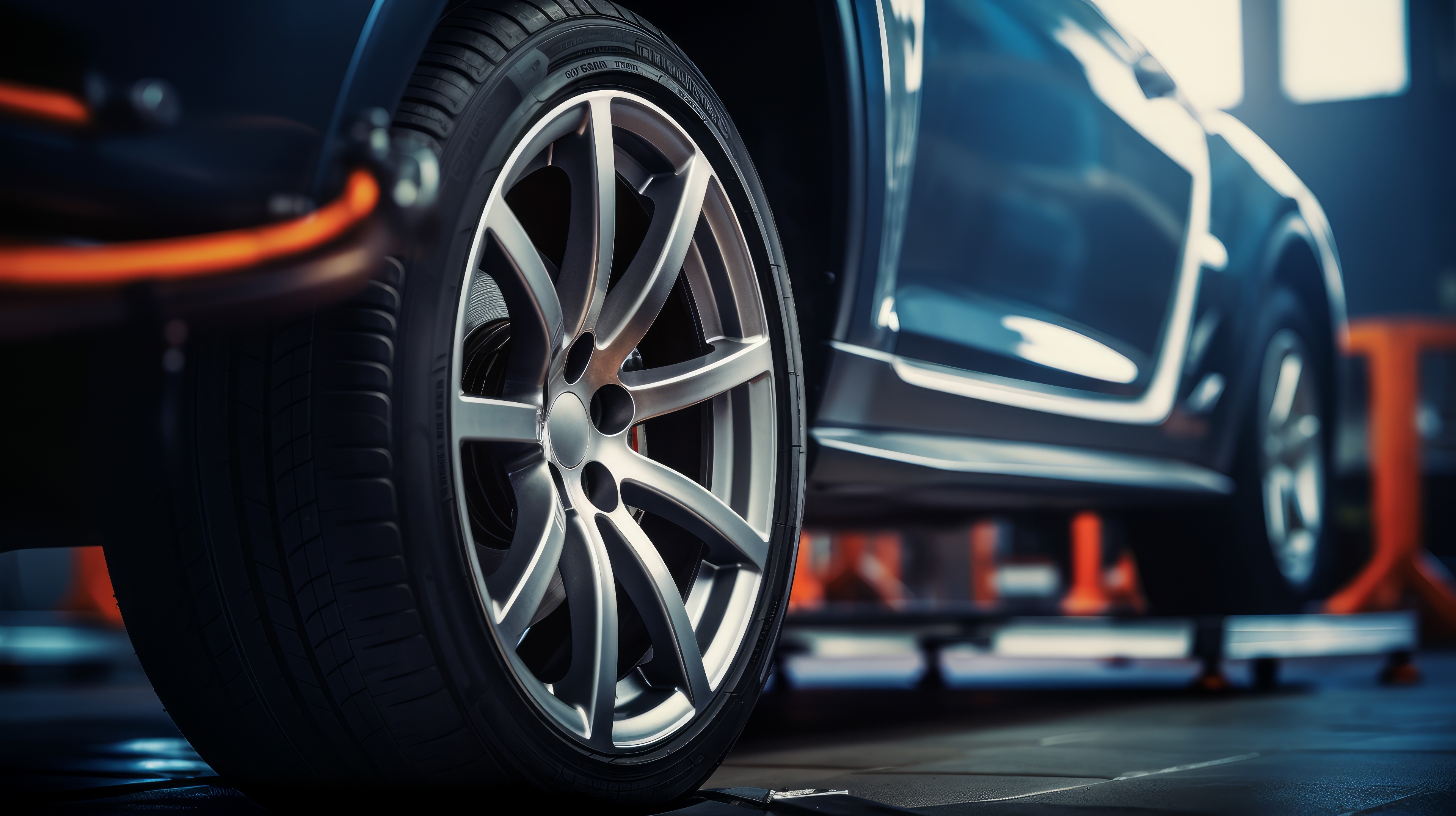
As you navigate the twists and turns of roads, your vehicle's tires play a pivotal role in keeping you firmly grounded on the asphalt stage. Have you ever wondered about the tire patterns, how they actually work, and the grip they provide? It's not just about aesthetics – it's a direct influence over your safety and driving experience. Tread Patterns Explained Tread patterns are the unique footprints that determine how your car connects with the road. Each pattern is designed for specific purposes, from navigating rainy days to conquering off-road terrain. The artistry lies in selecting a pattern that aligns with your driving needs and the diverse landscapes you might encounter. Tread Patterns for Rain and Water Ever noticed the intricate grooves and channels on your tires? These are not just for show – they ... read more
Posted on 10/31/2023

Imagine the soothing sound of crashing waves, the salty breeze caressing your skin, and the allure of the open road along the ocean. While coastal living offers a picturesque and serene environment, it comes with a hidden caveat for your cherished vehicle. The high humidity near the ocean, though invigorating for the soul, can pose unique challenges to your car's well-being. From rust to electrical issues, the coastal air's moisture content can subtly impact your vehicle's longevity and performance. Enemy Number One - Rust One of the most insidious consequences of coastal humidity is the accelerated rusting of your vehicle's exterior and undercarriage. The salty ocean air, laden with moisture, can settle on your car's metal surfaces, initiating a gradual corrosion process. To safeguard your vehicle from this relentless enemy, regular w ... read more
Posted on 9/30/2023
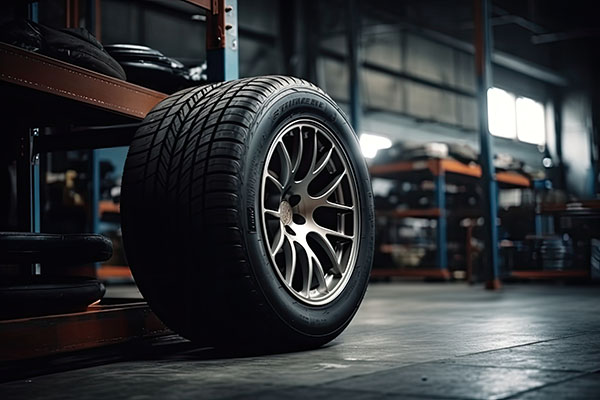
Imagine your vehicle as a masterpiece of engineering, ready to conquer roads, highways, and even rugged terrains. Now, picture the unsung heroes that keep your vehicle grounded and provide the crucial link between you and the road—your tires. When it comes to selecting the best tires for your ride, it's more than just a choice; it's a decision that affects safety, performance, and stability. Our Top Picks For Sedans For those cruising in sedans, comfort and precision are paramount. Here are some top tire options: 1. Michelin Pilot Sport 4S: Renowned for its outstanding dry and wet grip, this tire offers precise handling and exceptional cornering capabilities. It's perfect for those who value performance without sacrificing comfort. 2. Bridgestone Turanza QuietTrack: If a quiet and comfortable ride is your priority, these tires excel in reducing road noise while providing reliable traction in various conditions. SUV Picks -Off-Roading and ... read more
Posted on 8/31/2023

Car safety - this is good, that is bad, but one thing is ignored quite a lot - a small yet critical detail: side and rear view mirrors. These "unassuming reflective surfaces'' - or mirrors - can be the difference between a safe and confident drive and a nerve-wracking one. How? Well, continue reading and find out for yourself! Why Are Mirrors Important? Car mirrors aren't just shiny ornaments; they serve a vital purpose. They provide you with a clear view of what's happening around your vehicle, helping you make safe lane changes, merge onto highways, and navigate parking lots. However, many drivers neglect to adjust their mirrors properly, which can lead to blind spots and increased risk on the road. The Art of Mirror Adjustment Adjusting your mirrors might sound like a mundane task, but it can significantly enhance your driving experience and safety when done correctly. Here's how to do it: Step 1: The Rearview Mirror Sit in your normal d ... read more
Posted on 7/30/2023
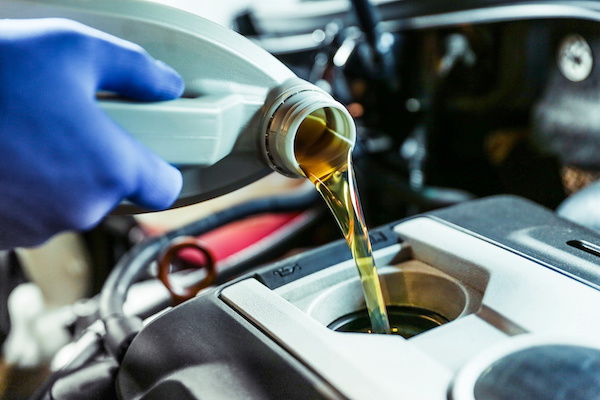
A beginner should understand car maintenance basics to ensure optimal performance and vehicle longevity. Maintaining a vehicle regularly ensures safety on the road and saves money long term by avoiding costly repairs. There are various car maintenance aspects that new car owners should take note of. Continue reading to explore them. Car Maintenance Aspects Every car owner should incorporate these maintenance activities in their car checking routines: 1. Regular Oil Changes Oil is like blood for your engine, lubricating its moving parts and preventing excessive wear and tear. It is crucial to follow your manufacturer's recommendation regarding oil change intervals. Typically, this ranges from every 3,000 to 7,500 miles or every three to six months. 2. Tire Care Proper tire care ensures better fuel efficiency and extends tire life. Regularly check tire pressure using a gauge and maintain it at recommended levels specified by the manufacturer. Additionally, insp ... read more
Posted on 6/30/2023
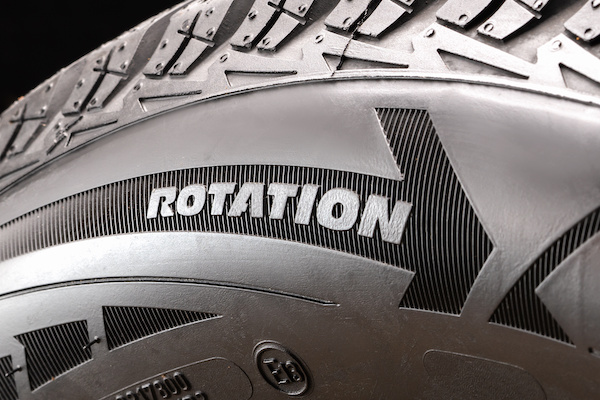
When it comes to maintaining your vehicle's tires, two essential terms often come up: tire rotation and wheel alignment. While both practices are crucial for optimal tire performance and longevity, they serve different purposes. In this article, we will explore the difference between tire rotation and wheel alignment to help you understand their importance. Tire Rotation Tire rotation involves moving the tires from one position to another on your vehicle. The purpose of tire rotation is to ensure even wear on all tires. Since tires in different positions experience varying levels of stress and load, rotating them at regular intervals helps promote balanced wear. It can extend the overall lifespan of your tires, improve traction, and enhance handling. Typically, tire rotation is recommended every 5,000 to 8,000 miles, or as specified by your vehicle manufacturer. Wheel Alignment Wheel alignment, on the other hand, focuses on the angles and position of your vehicle's wheels i ... read more
Posted on 5/30/2023
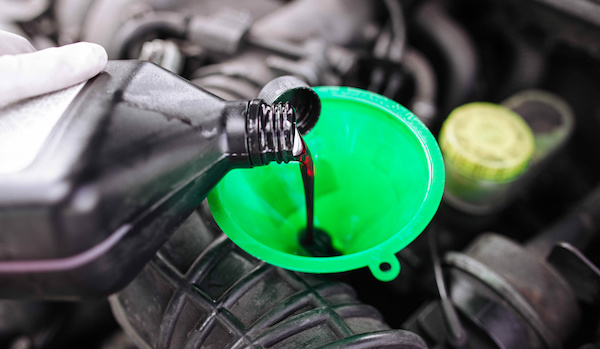
If you own a vehicle, chances are you’ve heard of transmission fluid. But what is transmission fluid, and why is it important? In a nutshell, transmission fluid is the lifeblood of an automatic transmission system. It aids in cooling and lubrication, making it essential for keeping the system functioning optimally. All vehicles have this fluid - without it, your vehicle's transmission would suffer severe damage due to excess heat and friction from the metal-on-metal contact within the system. A regular transmission fluid service or fluid flush guarantees that your vehicle shifts gears smoothly. How Often Should You Replace Transmission Fluid? It really depends on your vehicle’s manufacturer. Some automakers suggest a regular fluid change or flush every 20,000 miles or two years, whichever comes first. For other vehicles, need to be serviced more often. To make sure you&r ... read more
Posted on 4/21/2023

On Earth Day, it's important to remember the impact that our vehicles have on the environment. Vehicles are a significant contributor to greenhouse gas emissions, which are a leading cause of climate change. If you're curious about how vehicles and their emissions leave a carbon footprint, keep reading. A carbon footprint is a term used to account for the total amount of greenhouse gasses emitted into the atmosphere due to our actions. It encompasses everything from driving a car to using electricity in our homes. The more we consume energy, the larger our carbon footprint. How Do Vehicles Leave a Carbon Footprint? Vehicles leave a carbon footprint in several ways: Fuel Emissions: When we burn fossil fuels like gasoline, diesel, and ethanol in our vehicles, they release carbon dioxide (CO2) into the atmosphere. CO2 is a greenhouse gas that contributes to climate change. Manufacturing: The production of vehicles also has an impact on the environment. The manufacturing proc ... read more
Posted on 3/29/2023
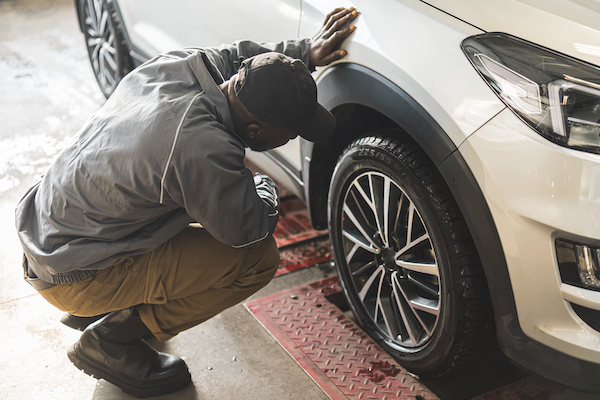
The bounce test is a simple and effective way to check your vehicle's suspension system. The suspension system consists of various components, such as the shocks and struts, to provide a smooth ride and keep the tires in proper contact with the road. Suspension parts also ensure optimal handling and vehicle stability. Over time, the suspension system can wear out or become damaged, affecting your vehicle's overall performance. Here's how to do the bounce test: Park your vehicle on a level surface and make sure it is in park with the engine off. Press down on the front of your vehicle several times to compress the front suspension. Release the car and observe its motion. If the vehicle bounces more than two or three times, it could indicate worn or damaged shocks or struts. Repeat the same process on the rear of the vehicle. Again, observe the vehicle's motion. If the car bounces more than two or three times, it could indicate worn or damaged shocks ... read more